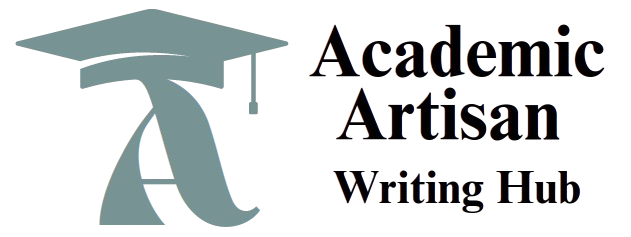WhatsApp Number: +1(249) 265-0080
Team Development Stages
Watch the following video that distinguishes the differences between groups and teams:
Groups and teams are used in the workplace in support of meeting company objectives. People must understand the different team types that are used in business and how they mature through their growth process.
Given the different types of teams, along with understanding their maturity stages, companies must be able to support team performance.
Based on your research and experience, discuss the following with your classmates:
- Based on your experiences working in teams, what are the different types of teams?
- From your experiences, how does the team’s stage of maturity (Tuckman Model) impact team cohesion and performance?
- How can sociotechnical tools impact a team’s performance? Share your experiences
Check our essay writing services here
Team Development Stages
Discussion: Team Types, Maturity, and Sociotechnical Tools in the Workplace
1. Types of Teams Based on Experience
From my experiences working in various organizational and academic environments, I’ve observed several types of teams, including:
-
Functional Teams: Comprised of individuals from the same department working toward ongoing tasks or objectives. For example, an HR team handling recruitment and onboarding.
-
Cross-Functional Teams: These bring together members from different departments to solve specific problems—such as when IT, Marketing, and Operations collaborate on a product launch.
-
Project Teams: Formed temporarily for a defined goal, like implementing new software.
-
Self-Managed Teams: These have more autonomy and make decisions collectively, often seen in agile environments.
-
Virtual Teams: Growing in popularity, these involve remote members collaborating across different locations using digital tools.
2. Impact of Maturity Stages (Tuckman Model)
Tuckman’s model—Forming, Storming, Norming, Performing, and Adjourning—has been evident in my team experiences.
-
In the Forming stage, there’s excitement but also ambiguity about roles and goals. Team cohesion is low.
-
The Storming phase tends to be the most challenging—conflicts arise as personalities and opinions clash. Teams that lack support in this phase often fail.
-
When teams reach the Norming stage, cohesion improves, and members begin to trust each other and work collaboratively.
-
In the Performing stage, I’ve seen peak productivity and synergy. Teams function smoothly with minimal oversight.
-
Finally, during Adjourning, team members reflect, celebrate accomplishments, and move on to new projects.
Understanding and supporting teams through each stage is critical to sustaining motivation and collaboration.
3. Role of Sociotechnical Tools in Team Performance
Sociotechnical tools—such as Microsoft Teams, Slack, Trello, or Zoom—have transformed how teams communicate and perform. From my experience:
-
These tools enhance transparency, allowing team members to track progress in real time.
-
They reduce communication gaps, especially in virtual teams, by providing platforms for instant messaging and document sharing.
-
However, over-reliance on these tools without clear protocols can cause information overload or disconnected communication.
In one project, our team used Trello for task management and


